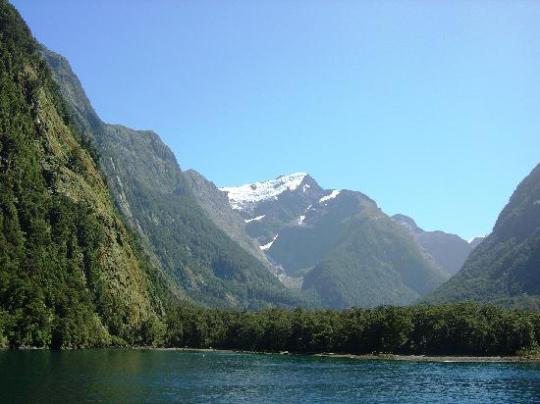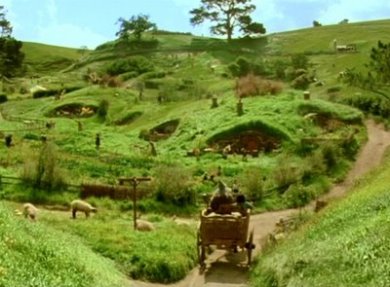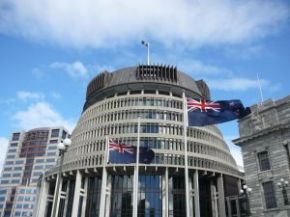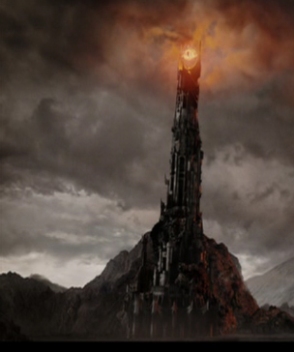The Maori people of New Zealand are by no means immune to conflict. Like all other humans, fighting and disputes occur within the Maori culture. However conflict resolution is a key concept in distinguishing cultures from one another, and the handling of disputes with the Maori is as unique as it is Maori. An old Maori saying is “the past is not found in days gone by, but in the days that sit in front of us.” (peace.ca) This means that the actions of the past affect us now and in the future.
A major concept to understand Maori conflict is the importance of mana and tapu. Mana is the honor and prestige one has from birth, from good deeds, and from what is achieved by the whole community one may live in. Tapu is the sacred social and spiritual code and moral system that the Maori follow. These two ideas are important to the collective-based culture of the Maori, where the actions of one affect everyone’s mana and cause consequences for the entire group.
Conflict can arise from any number of incidents, most of which can happen in any other culture. Murder and theft of course are some of the biggest conflicts that could arise, but even actions such as insulting your sister’s husband or misbehaving as an act of revenge carried heavy prices on not just the person but for the whole community.
For lesser offenses or issues, a traditional means of handling it is for a korero or talk to be held among the community. During the korero, one person would begin the dialogue that would not talk about the issue of concern directly but would begin to air out the thoughts and feelings of those present. Each person would be allowed to continue the dialogue after one another, adding to what has been said instead of seeking counter points to previous statements. While these talks were held, this was also an opportunity to gain mana as the Maori valued memory and oral communication skills, and those who could remember the most and speak the best were well revered by the group. By the end of the talks, a consensus would eventually be made on the issue, often without even having spoken of the issue directly. While older Maori favor this method, younger generations often dislike this tradition, preferring directness like many western cultures.
As for what a resolution could mean, there was a variety of options traditionally. Serious offenses would warrant death in pre-modern times. For insulting your sister’s husband, if he lived with another group, you would be forbidden from seeing your sister again for as long as you lived. In pre-colonial times, if two groups of Maori were in a dispute, an acceptable means of settlement would be for one group to leave the territory, not as a sign of weakness but as humility to preserve peace. Whatever the settlement may be though, its effects can be passed from generation to generation. The sins of the grandfather can follow down to his grandchildren. Mana was seen as timeless, which made it even more important for everyone to do there best to avoid conflict causing actions. While the Maori could possibly be seen as avoiding conflict, they were more concerned with cooperation, and would settle a dispute in whatever way was necessary.

Of course not every Maori conflict can be handled by a trip to the nearest volcano.
Sources:
http://www.peace.ca/indigenouspeoples.htm
Click to access dispute_res.pdf
http://www.gonemovies.com/WWW/Hoofd/A/PhotoLarge.php?Keuze=Return87&Age=&Sort=





